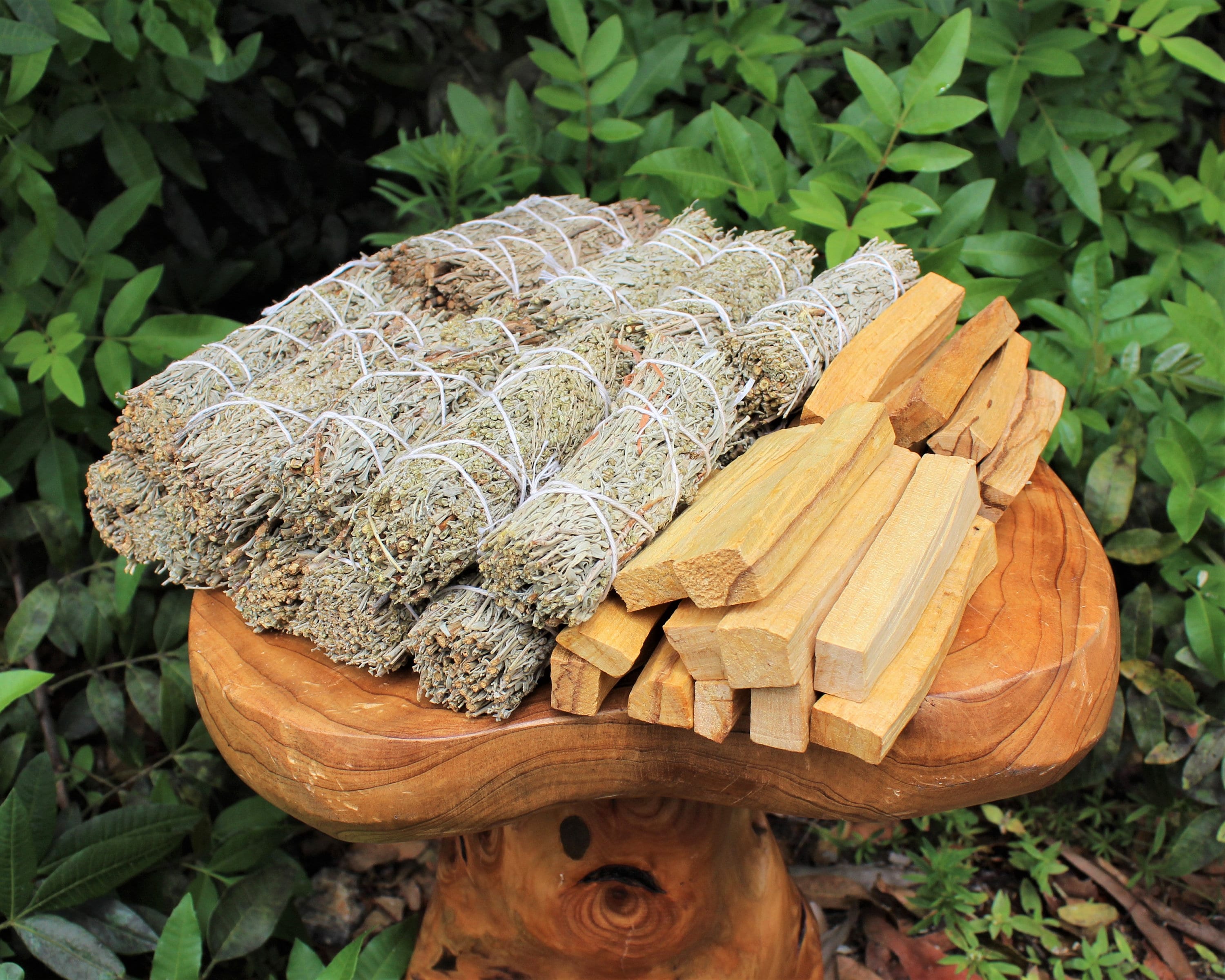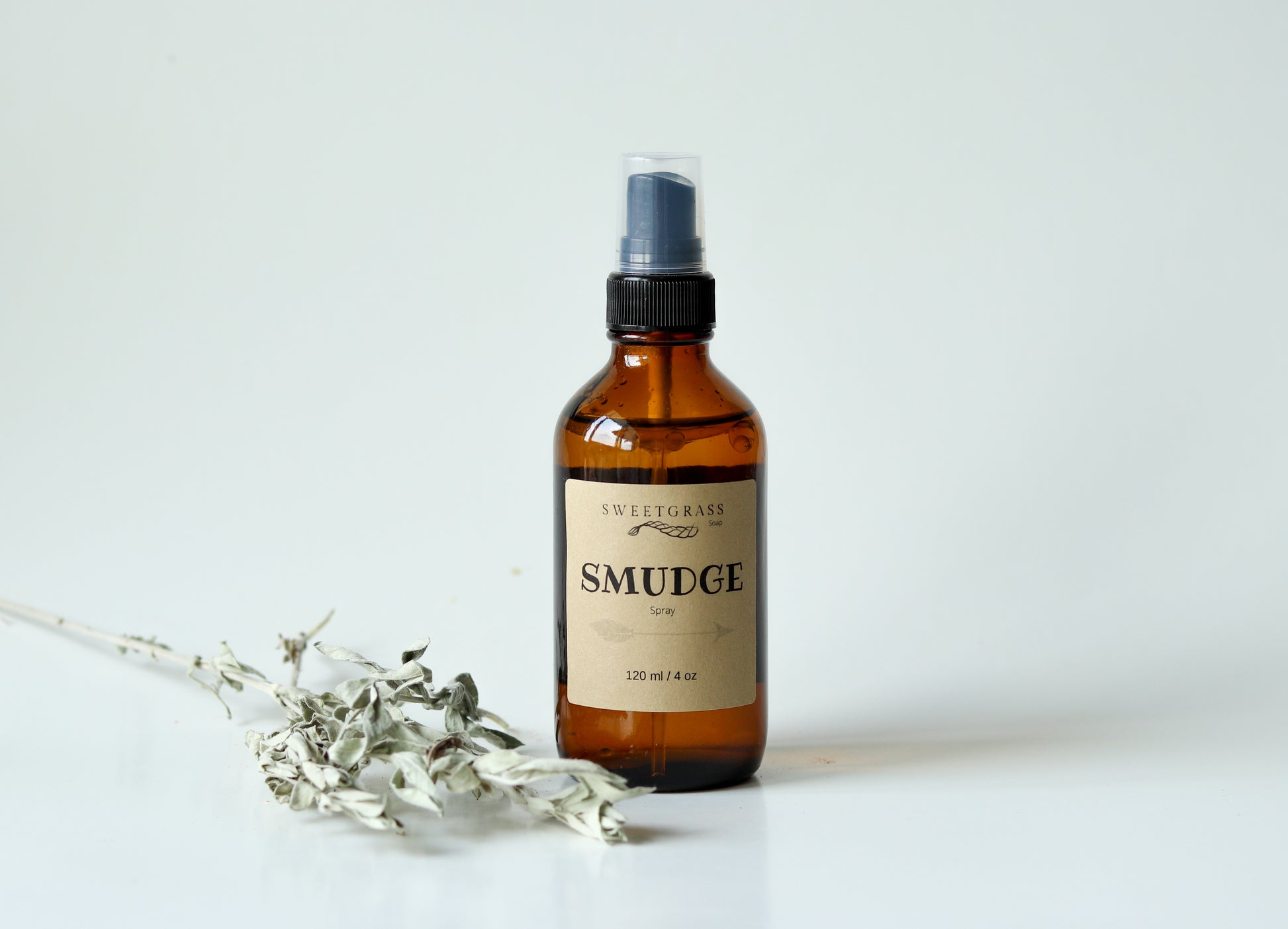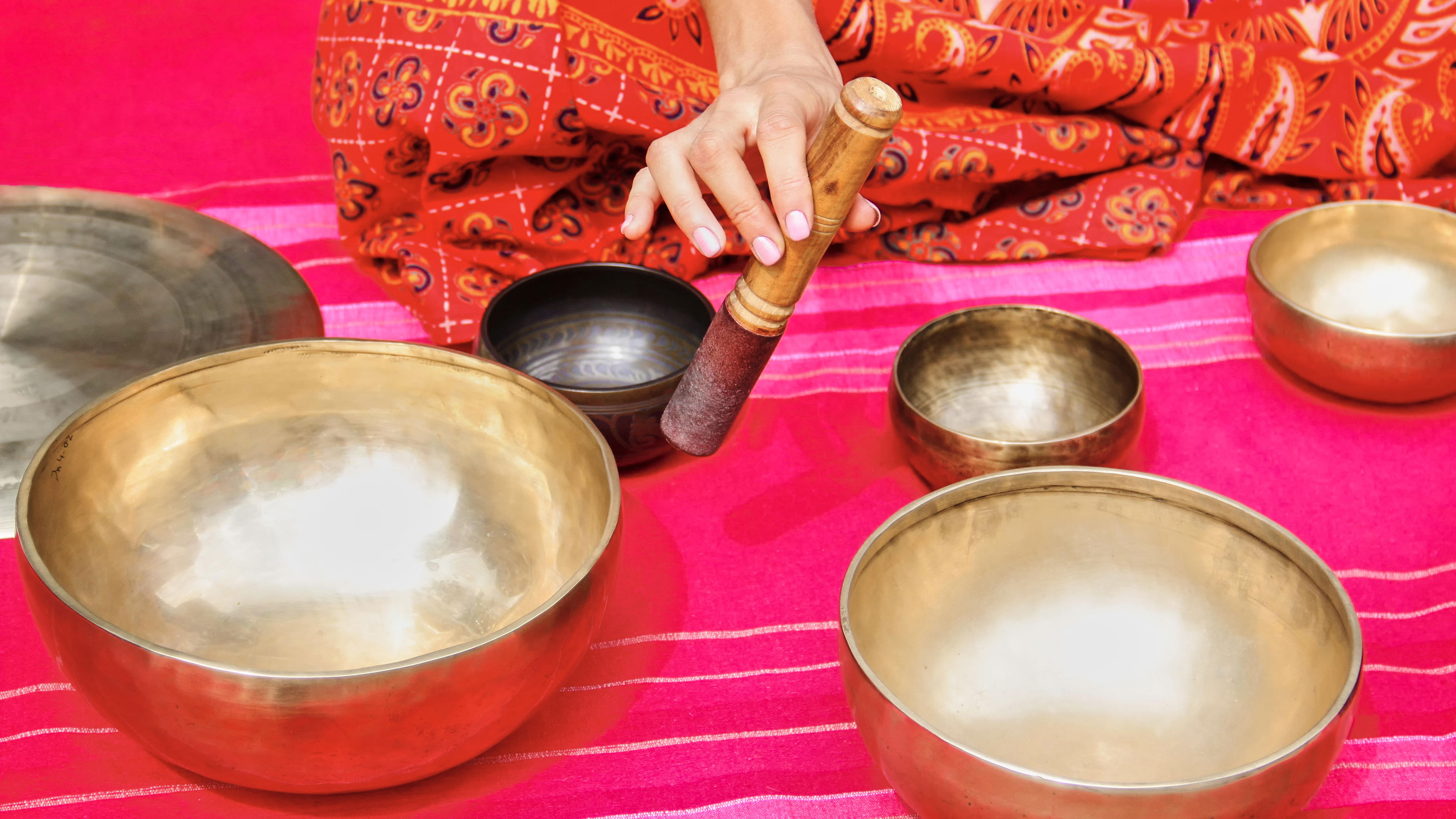Introduction: The Rising Popularity of Smudge Sticks
In recent years, smudge sticks have become a wellness trend embraced by people seeking spiritual balance, emotional healing, and a cleaner energetic environment. From yoga studios to home décor boutiques, these bundles of dried herbs—often sage, cedar, or lavender—are marketed as powerful tools for cleansing negative energy and promoting mindfulness.
But where did this practice originate? Do smudge sticks really “work”? And how can you use them respectfully and effectively? Let’s uncover the truth about smudge sticks—from their ancient roots to modern misunderstandings—so you can make informed, mindful choices in your own healing journey.
What Are Smudge Sticks?
Smudge sticks are bundles of dried herbs tied together with natural thread, traditionally used in spiritual and healing ceremonies. When burned, they release aromatic smoke believed to purify a person, object, or space.
While “smudging” has become a trendy term in wellness circles, it’s actually an ancient sacred practice originating in Indigenous cultures of North America. For many Indigenous peoples—such as the Lakota, Navajo, and Ojibwe—smudging is a deeply spiritual ritual involving prayer, song, and intention.
In fact smudging is also practiced in Malaysia which blends indigenous cleansing traditions with modern wellness practices, drawing from the rich cultural mix of Malay, Chinese, Indian, and Indigenous communities. While not originally a single unified ritual, Malaysians have long used natural botanicals to purify spaces — from burning kemenyan (benzoin resin) in Malay households, to Chinese homes using sandalwood or agarwood incense for blessings, to Indian traditions of lighting camphor and herbs during prayers.
Across cultures, these rituals share the same intention: to clear stagnant energy, invite harmony, and create a calmer, more mindful environment. Today, smudging in Malaysia has evolved into a contemporary practice where people combine traditional resins, herbs, and modern aromatherapy to reconnect with the idea of cleansing the home and spirit, while honouring the country’s diverse cultural roots.
The herbs used vary based on cultural tradition:
- White Sage: Commonly used in North American Indigenous practices for purification and protection.
- Cedar: Symbolizes strength and renewal, used to invite positive energy.
- Sweetgrass: Represents kindness and gratitude; burned after cleansing to invite good spirits.
- Lavender, Rosemary, and Mugwort: Used in European and modern spiritual practices for calming and intuitive energy.
The Spiritual Meaning Behind Smudging
Smudging isn’t just about lighting herbs—it’s about intention and connection. The smoke is believed to carry prayers and energies to the spiritual realm. In Indigenous traditions, smudging serves as a way to:
- Cleanse negative or stagnant energy
- Center oneself before prayer or ceremony
- Strengthen community bonds during group rituals
- Express gratitude and respect to the natural world
In contemporary spirituality, people use smudge sticks to reset energy in homes, relieve stress, and enhance meditation or yoga sessions. But it’s essential to approach the practice with reverence rather than as a trendy ritual stripped of its deeper meaning.
Do Smudge Sticks Really Work? Science Meets Spirit
The science behind smudging offers some fascinating insights that support what ancient cultures have known for centuries.
1. Antimicrobial Properties
Research suggests that burning certain herbs—especially sage—releases compounds with antimicrobial and antibacterial properties. A 2007 study published in the Journal of Ethnopharmacology found that burning medicinal herbs reduced airborne bacteria by up to 94%. So, smudging may genuinely help purify indoor air.
2. Aromatherapy and Stress Reduction
Scent plays a major role in calming the nervous system. The aroma of sage, lavender, or cedar can help lower cortisol levels, improve mood, and encourage mindfulness. This aligns with modern aromatherapy principles.
3. Symbolic Cleansing and Psychological Reset
Even beyond biology, smudging offers psychological benefits. The ritual itself—lighting the bundle, focusing on intention, and watching the smoke rise—can serve as a powerful mindfulness exercise, helping you release emotional clutter and reset mentally.
While science doesn’t fully validate all energetic claims, the combination of aroma, intention, and symbolism can make smudging a genuinely healing experience.
Cultural Appropriation vs. Cultural Appreciation
As smudge sticks entered mainstream wellness culture, concerns about cultural appropriation arose. Many Indigenous communities have voiced discomfort with non-Indigenous companies selling white sage smudge bundles without acknowledgment or respect for their sacred traditions.
Here’s what to keep in mind:
- Smudging is a sacred Indigenous ceremony, not a general term for burning herbs.
- Commercial harvesting of white sage has endangered wild populations, disrupting ecosystems and traditional harvesting rights.
- Using the term “smudging” for casual energy cleansing without understanding its roots can be disrespectful.
How to Practice Respectfully:
1. Educate Yourself: Learn the origins of the herbs and the ceremonies associated with them.
2. Use Alternatives: If you’re not part of an Indigenous culture, consider calling your practice “smoke cleansing” or “herbal cleansing” instead of “smudging.”
3. Buy Sustainably: Choose ethically sourced herbs from Indigenous sellers or local growers.
4. Set Clear Intentions: Approach the practice with gratitude and mindfulness rather than consumerism.
By doing so, you can honor the spiritual lineage of smudging while creating your own authentic, respectful practice.
How to Use Smudge Sticks Properly
Using smudge sticks effectively involves more than simply lighting them. Here’s a step-by-step guide for a safe and intentional smoke-cleansing ritual:
1. Prepare Your Space and Mind
Before you begin, open windows or doors to allow old energy—and smoke—to exit. Take a few deep breaths and focus on your intention: what do you wish to cleanse or invite?
2. Light the Smudge Stick
Hold the smudge stick at a 45-degree angle and light the tip using a match or candle. Let it burn for 10–20 seconds, then gently blow out the flame until it smolders, producing smoke.
3. Waft the Smoke
Using a feather, your hand, or a fan, waft the smoke around your body and space. Move clockwise through each room, focusing on corners and doorways where energy tends to stagnate.
4. Speak Your Intention
As you move, speak or think your intention clearly—for example:
“I release what no longer serves me and welcome peace and clarity.”
5. Extinguish Safely
When finished, press the smudge stick into a fireproof bowl, sand, or clay dish until the embers are completely out. Never leave it unattended while burning.
Choosing the Right Herbs for Your Intention
Different herbs carry different energetic properties. Here’s a quick guide:
| Herb | Traditional Uses | Energetic Properties |
|---|---|---|
| White Sage | Indigenous purification ceremonies | Cleansing, protection, clarity |
| Cedar | Native North American and Celtic traditions | Renewal, grounding, resilience |
| Lavender | Mediterranean & European folklore | Calming, peace, love |
| Rosemary | Ancient Greek and Roman rituals | Memory, purification, protection |
| Mugwort | Asian and European traditions | Dreams, intuition, spiritual vision |
| Sweetgrass | Indigenous North American ceremonies | Attracting positive energy, gratitude |
You can experiment with custom herbal blends that resonate with your intentions—like lavender and rosemary for relaxation, or cedar and mugwort for grounding.
Modern Alternatives to Burning Smudge Sticks
While traditional burning is powerful, there are other ways to enjoy the benefits of smudging—especially if you live in smoke-sensitive spaces or prefer eco-friendly options.
- Smudge Sprays: Made from essential oils and hydrosols; ideal for travel or enclosed spaces.
- Diffusers: Use sage or cedarwood essential oils for energy cleansing without smoke.

-Herbal Incense: Combines dried herbs and resins for a similar aromatic effect.
- Sound Cleansing: Bells, singing bowls, or mantras can purify energy through vibration.
These modern methods maintain the intentional aspect of cleansing while minimizing smoke and fire concerns.
The Healing Connection Between Nature and Spirit
At its heart, smudging is about reconnecting with nature. Whether you’re burning sage or sprinkling lavender in your bath, you’re participating in a timeless human ritual—healing through the power of plants.
Each leaf, root, and flower carries centuries of ancestral wisdom. When you burn herbs with intention, you honor that legacy and invite a deeper connection to the Earth. In this way, smudge sticks are not just wellness tools—they’re bridges between the physical and spiritual worlds.
The Controversy: Commercialization and Authenticity
The global wellness market has turned smudging into a billion-dollar trend. Unfortunately, this has led to:
- Overharvesting of white sage
- Exploitation of Indigenous traditions
- Mass-produced “spiritual” products with little authenticity
To combat this, many people are turning toward ethical alternatives:
-Supporting Indigenous-owned brands
-Using homegrown herbs
- Practicing mindful minimalism—focusing on intention, not consumption
As more awareness grows, the conversation around smudge sticks becomes less about trendy aesthetics and more about respect, sustainability, and spirituality.
Embracing Mindful and Respectful Healing
Smudge sticks embody a beautiful intersection of herbal wisdom, spiritual cleansing, and cultural depth. Whether you use them for emotional healing, mindfulness, or energetic purification, remember that the true power of smudging lies not in the smoke—but in your intention.
By learning the roots of this sacred practice, sourcing herbs responsibly, and approaching smudging with gratitude, you can honor its heritage while embracing its healing potential in your own life.
Discover Yein&Youngs smudge sticks at our website or visit our retail store at Craftiviti, Level 2, Centrepoint Bandar Utama.

